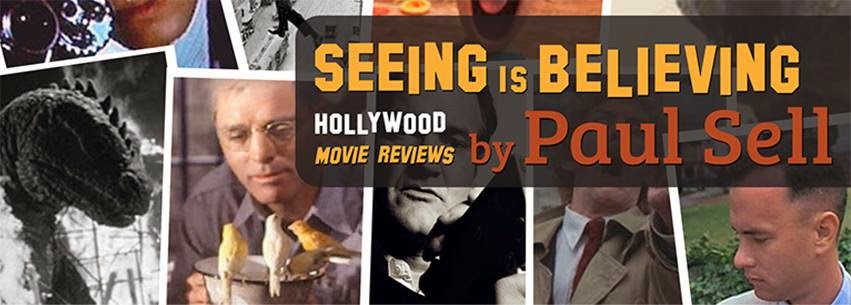Who doesn’t love Batman?
Whether you’re interested in the tragic character of Bruce Wayne overcoming adversity to rise from his parent’s death to become a symbol of hope and vengeance, or if its the morals and code of Batman to simply just loving superheroes, Batman is one of the most iconic and beloved heroes.
In fact, Batman even stands out above the crowd from fellow heroes to become more than just another costumed vigilante. It’s more than just the fact that Batman has no powers and relies completely on his ingenuity and wit, but Batman walks that thin line between light and dark, good and evil. He is so close to falling into the abyss, yet never once falters. He is willing to do whatever it takes to get the job done, but never resorts to taking another life.
It could be said that superheroes nowadays are our versions of the ancient Greek myths, like Hercules, Achilles and Zeus. These unbelievable individuals who have tragic elements to them, only to become something far greater than we could possibly imagine and stand as more than just mere men. Heroes like Superman, Spider-Man, Wolverine and Batman are no different from the Greek myths in that regard.
This might help to explain some of the appeal of superheroes these days and why there is an overabundance of hero movies. Not only are they bankable, but they’re inspirational. Who doesn’t want to fight along side Batman after watching him beat up the Joker?
Which brings me to “Batman: Mask Of The Phantasm,” the first Batman animated feature film. This film was made by the same people who created the 1990s Batman animated series, which is often regarded as one of the greatest animated television shows in recent history for it’s ability to take a character like Batman and make it accessible to both children and adults, and conveying a multitude of stories, being gritty, funny, heartbreaking, exciting, suspenseful and captivating.
So what does this movie do that the show didn’t do or couldn’t do? Not much, actually. There are a few points where the film can mention death and be slightly more graphic than the show ever could, but that’s about it. Other than that, the picture feels like a longer episode of the show.
The movie follows Batman, secretly billionaire Bruce Wayne, as he continues his mission to stop crime and corruption in the city of Gotham. One night though, a mysterious masked stranger starts killing random crime leaders, with Batman being blamed for the kills. Now the Gotham police force beings hunting down Batman, while he tries to put together the pieces of who is behind this masked murderer.
I’ll give the movie this much: The mystery of the masked vigilante is quite compelling. At times, it seems like the killer is an other worldly being with mystical powers, being able to disappear and reappear at will and having super strength. Yet at the same time, the actions of the killer make sense and can be put together to solver the mystery over time.
However, one thing that does bog down the movie is the overabundance of plot lines. There are so many different stories going on in the film that the mystery seems to get shoved aside at times and is even dropped by the time the Joker enters the picture.
While it is nice to see Bruce Timm and Paul Dinni’s interpretation of how Bruce Wayne eventually evolved into Batman, at times it doesn’t have much to do with the actual plot of the movie.
Some might say the film was trying to show that it’s impossible for Bruce Wayne to have a normal life with a family and loved ones, but I’ve always felt that was one of the many things the animated show itself was trying to say. Bruce is constantly haunted by the memory of his parents and wishes to make sure that what happened to him would never happen to anyone else, even if it means he must sacrifice his life to do so.
One could interpret the origin of Batman as Bruce Wayne dying alongside his parents the night they were shot down. Whoever Bruce Wayne was before that night was killed as well. What was left over was then reborn as a creature of vengeance.
Therefore, Batman isn’t a mask to protect Bruce Wayne. It’s the other way around. Bruce Wayne is a facade, not a real person. It’s one of the reasons why Batman has so many different love interests, yet isn’t willing to commit to any of them. The side of it which would normally care about love is just an act.
It is because of this that I don’t agree with how some people interpret the message of the film. I feel the film is trying to talk about when you’ve gone too far with vengeance and it simply becomes petty revenge. That once you’ve gone to that point, it’s impossible to recover. Near the end of the film, Alfred gives a speech about how he thought Bruce would have jumped into that abyss long ago and would have become no better than the Joker, but has never done so. That he stuck to his morals and never let them go.
Overall, I enjoyed “Batman: Mask Of The Phantasm” as much as any great episode of the animated series. The movie doesn’t try anything which the show never did, but it was still enjoyable for all the same reasons. Being able to tell a much darker yet interesting story that can be enjoyable for more than just children while conveying so many different kinds of emotional responses.
Final Grade: B-





















